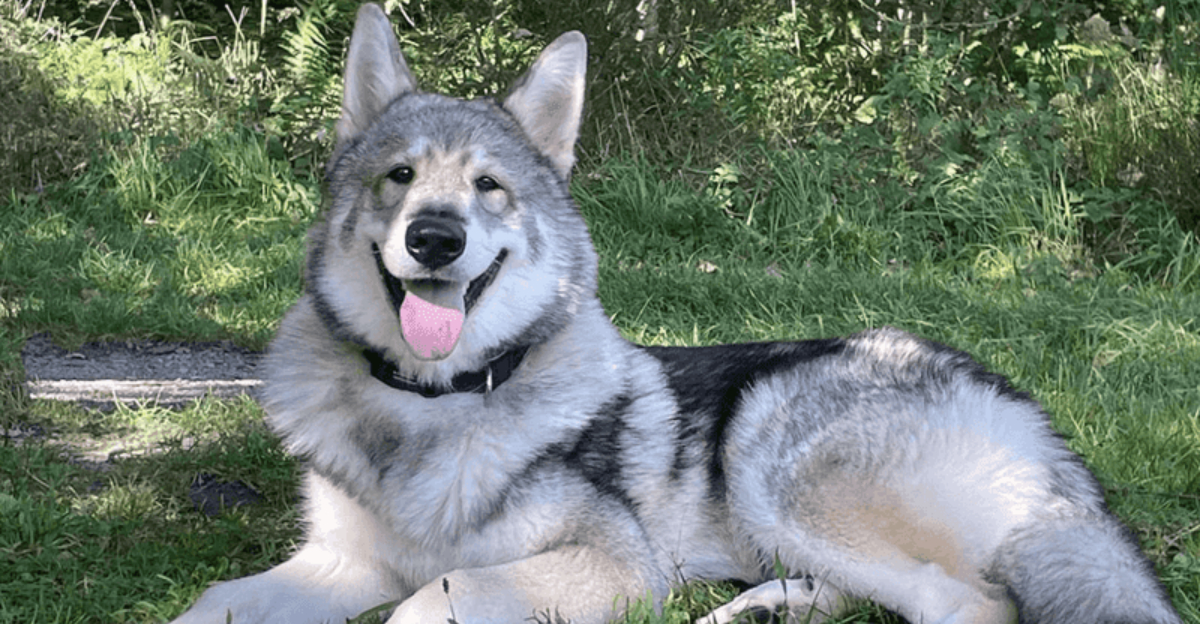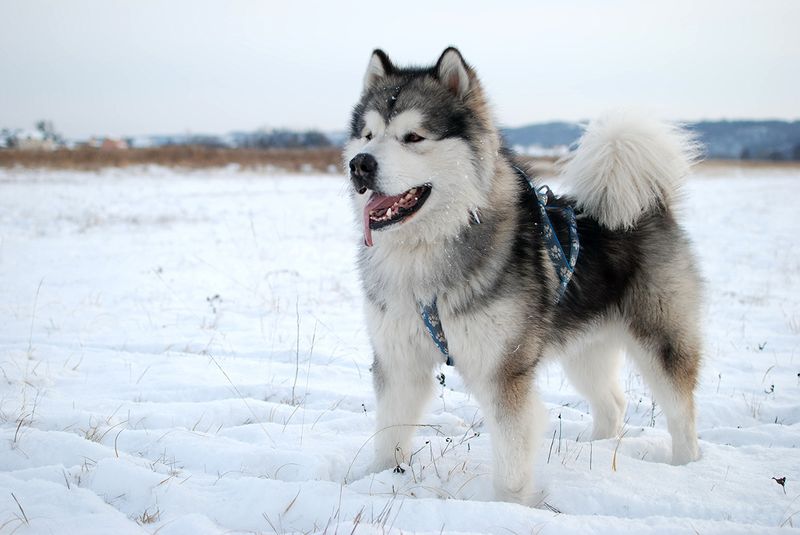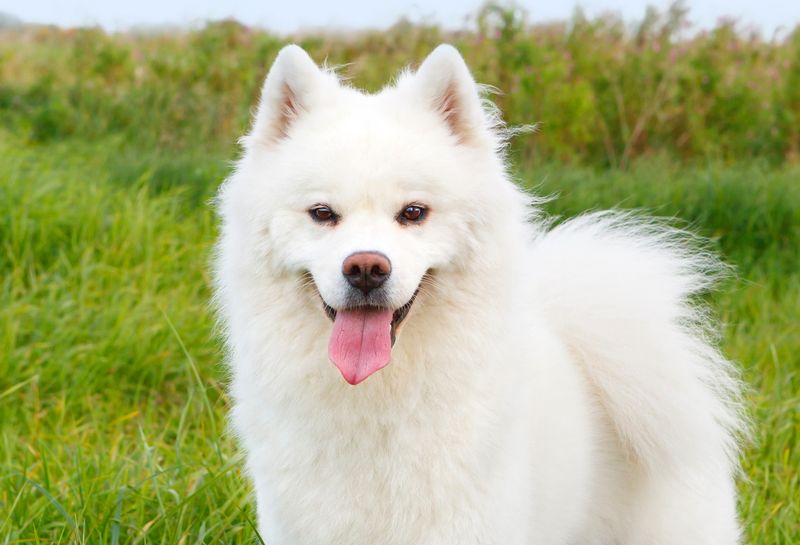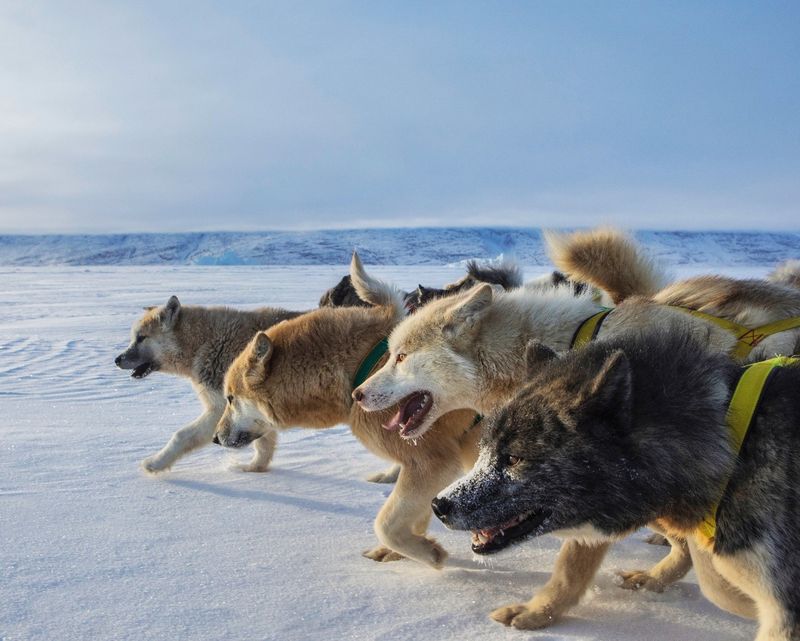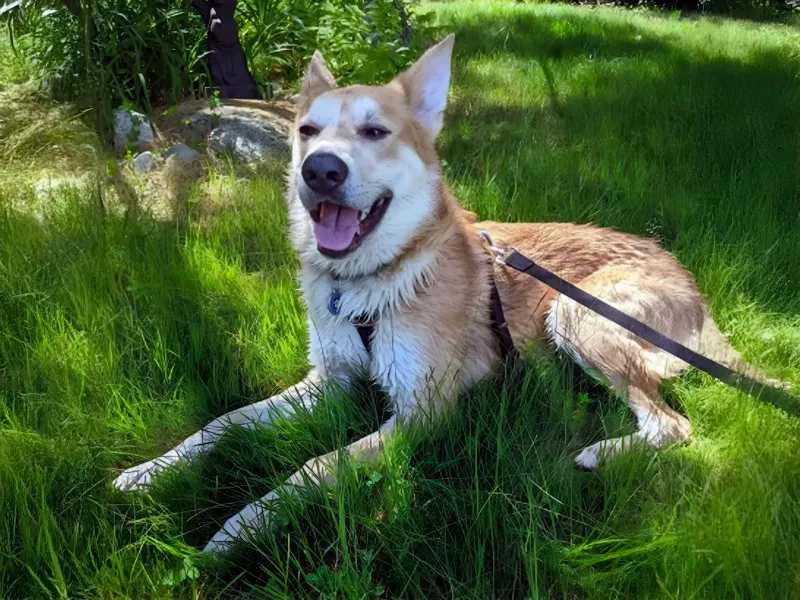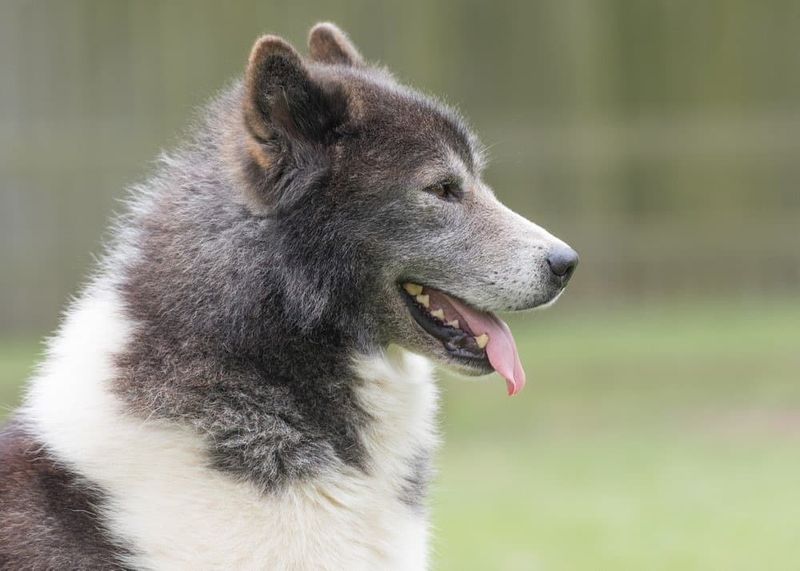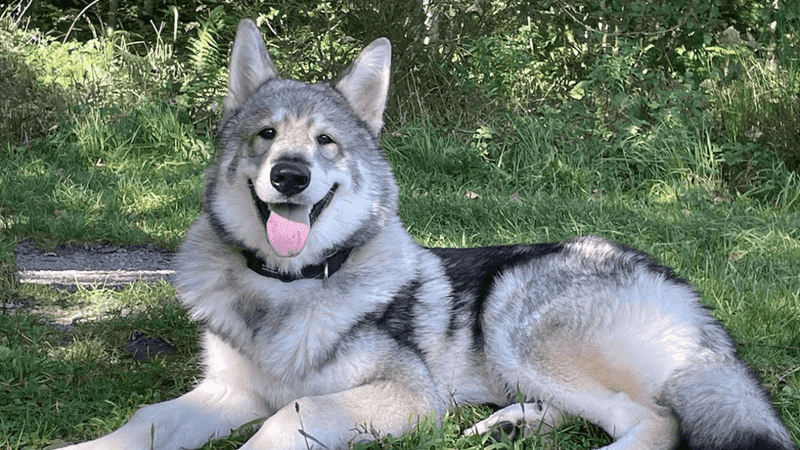Huskies are renowned for their striking appearance and dynamic personalities, making them popular companions across the globe. These sled dogs are not only known for their endurance and strength but also for their captivating eyes and thick, beautiful coats. Each type of husky breed presents unique characteristics, offering a range of choices for prospective owners. From the well-known Siberian Husky to lesser-known breeds, this list explores the remarkable diversity among husky dogs, highlighting their individual traits and histories.
Siberian Husky
With roots tracing back to Siberia, the Siberian Husky is a breed known for its endurance and striking looks. Its thick double coat and piercing blue eyes make it a favorite among dog enthusiasts.
These dogs are pack animals, thriving in environments where they feel part of a family or team. Not just about looks, they’re diligent workers, originally bred for pulling sleds in harsh Arctic conditions.
In a domestic setting, they require plenty of exercise and mental stimulation to keep their lively spirits satisfied. Their playful nature makes them wonderful companions for active families.
Alaskan Malamute
The Alaskan Malamute, a powerful and majestic breed, is one of the oldest Arctic sled dogs. Known for its strength, this breed was developed to haul heavy loads over long distances.
Their dense coat is well-equipped for cold environments, making them ideal for snowy regions. Malamutes are loyal and bond deeply with their human families, yet they exhibit independence.
While they can be headstrong, their friendly demeanor shines through, especially when they’re well-trained. Owning a Malamute requires commitment, given their need for exercise and mental challenges.
American Eskimo Dog
Despite its name, the American Eskimo Dog is not a true husky, but its resemblance earns it a spot on this list. This breed comes in three sizes: toy, miniature, and standard.
Known for its striking white coat and energetic disposition, the Eskie excels in agility and obedience training. These dogs thrive on attention and are great with families, often showing off their intelligence through tricks.
Their playful nature is contagious, making them popular companions. Regular grooming is essential to maintain their pristine appearance.
Samoyed
The Samoyed, often referred to as the “smiling Sammie,” is famous for its cheerful expression. Hailing from Siberia, this breed was originally used for herding reindeer and pulling sleds.
Their dense, weather-resistant coat keeps them warm in freezing temperatures, and their gentle nature makes them excellent family pets. Samoyeds are known for their friendly disposition and get along well with children.
However, their coat requires regular grooming to prevent matting. A Samoyed’s joyful demeanor and fluffy exterior make it a head-turner wherever it goes.
Greenland Dog
The Greenland Dog is a robust and resilient breed, bred for its endurance in Arctic conditions. This dog’s history is intertwined with the Inuit people, aiding in hunting and transportation.
Their strong, sturdy build is complemented by a thick coat, ideal for cold environments. Greenland Dogs are independent yet loyal, forming strong bonds with their human companions.
While not as well-known as other husky breeds, they possess a unique charm. Their ability to work tirelessly in harsh climates speaks volumes of their capabilities and spirit.
Chinook
The Chinook is a rare breed known for its friendly and intelligent nature. Developed in the United States, this breed was initially bred for sled racing and drafting.
Chinooks are versatile dogs, excelling in various activities from obedience to agility. They thrive in active households where their enthusiasm and energy can be directed positively.
Despite their working origins, Chinooks are gentle and love being around people, making them great family pets. Their eagerness to please and cooperative demeanor enhance their charm.
Canadian Eskimo Dog
As one of the oldest and rarest working dog breeds, the Canadian Eskimo Dog has a storied history in the Arctic. Used by the Inuit for hunting and sled pulling, these dogs are known for their strength and endurance.
Their thick coat protects them against harsh weather, while their fierce loyalty makes them excellent companions. This breed requires a firm hand in training, as they can be quite assertive.
Today, they are cherished not only for their historical significance but also for their remarkable resilience and character.
Utonagan
The Utonagan, a breed with origins in the United Kingdom, was developed to resemble a wolf while maintaining a domestic temperament. This breed is a mix of Alaskan Malamute, Siberian Husky, and German Shepherd.
Utonagans are known for their friendly nature and adaptability, making them suitable for various living environments. Their wolf-like appearance is striking, often drawing attention.
They require regular exercise to satisfy their active minds and bodies. Utonagans are affectionate and form close bonds with their families, showcasing both beauty and warmth.
Tamaskan
The Tamaskan is a relatively new breed, developed to look like a wolf while possessing a friendly demeanor. Originating from Finland, this breed is a mix of Siberian Husky, Alaskan Malamute, and German Shepherd.
Known for their intelligence and trainability, Tamaskans excel in obedience and agility activities. They are social animals, enjoying the company of both humans and other dogs.
Their striking appearance and gentle nature make them popular among dog lovers seeking a unique pet. Regular exercise keeps them happy and healthy.
Sakhalin Husky
The Sakhalin Husky, also known as Karafuto-Ken, is a rare breed originating from the Sakhalin Island in Japan. Historically used for sled pulling, this breed is known for its endurance and resilience.
Their thick double coat and muscular build make them well-suited for cold climates. Sakhalin Huskies are independent yet form strong bonds with their handlers.
While they are not commonly found outside their native land, they hold historical significance and are celebrated for their loyalty and strength.
